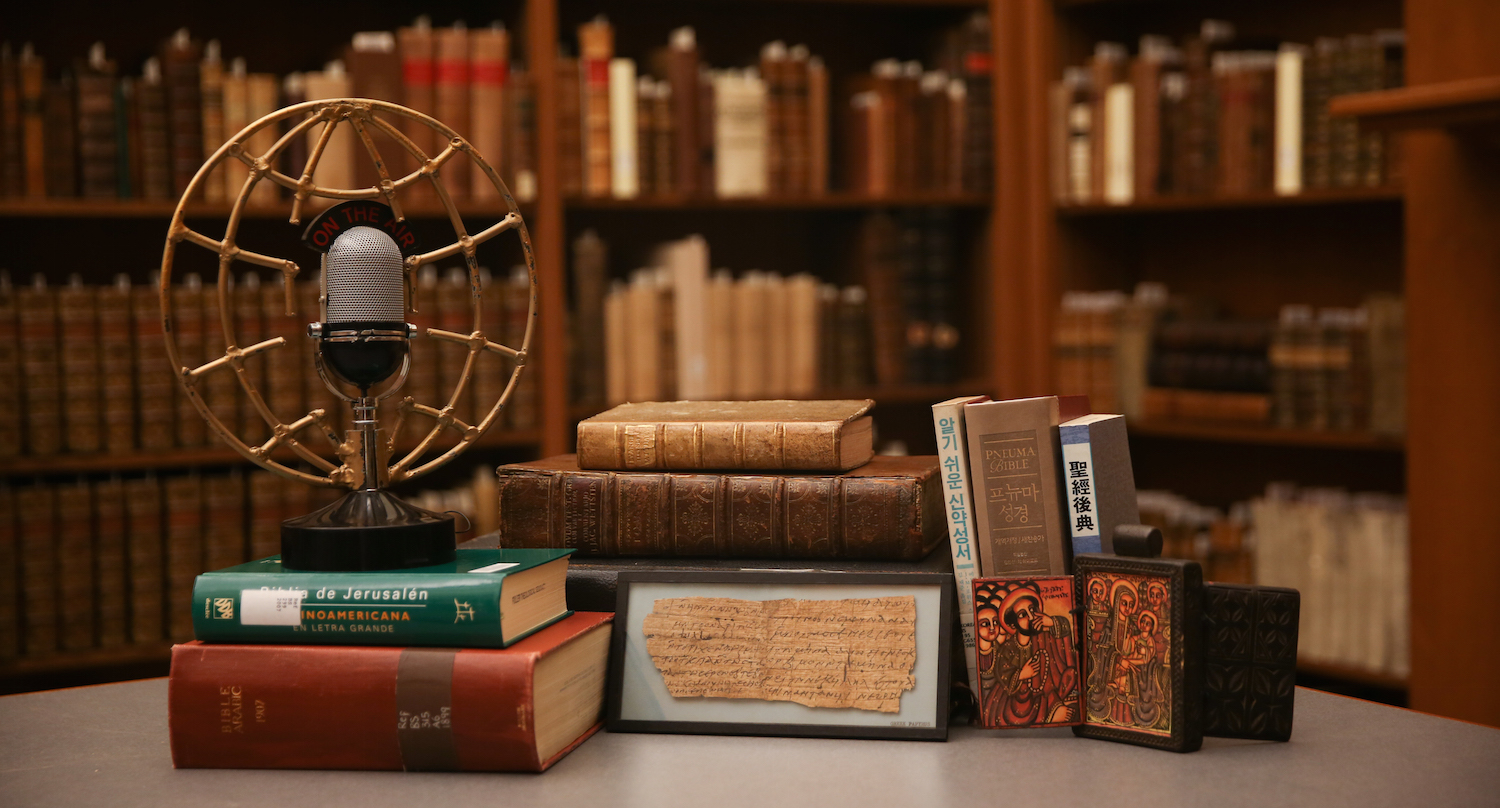 My life has been changed by “reading the Bible with the dead,” most notably through historical theology professor John Thompson’s provocative book by that title. My life has also been profoundly shaped by reading the Bible with living brothers and sisters from widely varied global contexts.
My life has been changed by “reading the Bible with the dead,” most notably through historical theology professor John Thompson’s provocative book by that title. My life has also been profoundly shaped by reading the Bible with living brothers and sisters from widely varied global contexts.
“Reading Scripture in global contexts”—the theme of this issue’s theology section—magnifies these perspectives in profound ways. When we allow ourselves to view and hear the Bible as seen and read in other parts of the world, we not only benefit from those differences, but our own reading of the Scriptures is transformed. A “neutral” reading is exposed as highly shaped by context, experience, and assumptions about almost everything. As literary critic Jonathan Culler puts it, “Meaning is context-bound and con- text is boundless.”
It is difficult to see how we see. Our viewpoint appears to us as straightforward, natural—even undeniable. “I saw it with my own eyes,” we insist as definitive proof of something’s veracity. Neighbor, car, tree, bill- board, parking meter, toothbrush, cellphone are plain and ordinary things, nothing more than they appear.
Except for this: neighbors, cars, and trees are never just ordinary—they can locate us socially and economically; they can be expressions of our “tribe” or people group; they can tell stories of place, climate, values, and more. We are never simply objective viewers of a simple world. In fact, very little is more subjective than one’s point of view, even while observing the most ordinary of things.
How much more is this true, then, of how we read—especially text as deeply layered and weighted as the Bible. Reading conjures an endless and inescapable fecundity of interpretation. Those interpretations are built from our personal experiences and are, therefore, shaped by them. As this is true of contemporary texts about current events and people, so it is all the more vividly true as we interpret the ancient texts that deliver the Word of God.
Opinions vary widely about the meaning and application of Scripture to our lives and our world. Since the 66 books of the Bible are resplendently varied in the history, context, events, people, and needs out of which they are written, the canon of Scripture itself invites us into multiple views. This informs myriad interpretations of God, of being human, of living as physical-spiritual beings in a material world, of being (or not being) part of the people of God, and of dreaming about and believing in God’s purposes and ways.
The sheer possibilities can be disorienting—as though all acts of reading and perception are equal and random. That is not true, but it does ground us in the need for reading with humility, for reading in diverse community that will enhance our ability to grasp the text more fully, for realizing that our most natural readings may be the most biased, and for being drawn toward the living Word, Jesus Christ.
Amidst the multiplicity of views the Bible offers, I see and read the Bible christologically while standing inside my own historical, social, racial, and political context. I also stand amidst the Christian community that sees Jesus Christ as the center from which I apprehend the whole biblical narrative. Tools of history, linguistics, anthropology, sociology, or religion can add welcome insights to my reading of the Bible. I also choose to read through the lens of my confession that the living Word of God made flesh in Jesus will en- able the clearest reading of the biblical text.
Jesus Christ is the same yesterday, today, and tomorrow: I know that more truly by seeing the Bible through the witness of God’s diverse global family. Other members of the body of Christ—whether in centuries past or in yesterday’s blog post—help me identify the restrictions of my own perception and allow me to “see how I see.” Our collective perception promises a more fully orbed and unpredictable view of the One who alone is Lord.
+ A forward-thinking evangelist, Charles E. Fuller used the microphone pictured above to encourage Christians around the world during his weekly radio show The Old Fashioned Revival Hour, which aired from 1937 to 1968. The globe sculpture surrounding it and other biblical treasures from the Hubbard Library’s rare book room remind us to carry Fuller’s vision into the future using contemporary forms of media—a scriptural vision continually reformed by the wisdom of the global church.
The post Letter From the President: Reading the Scriptures from My Point of View appeared first on Fuller Studio.